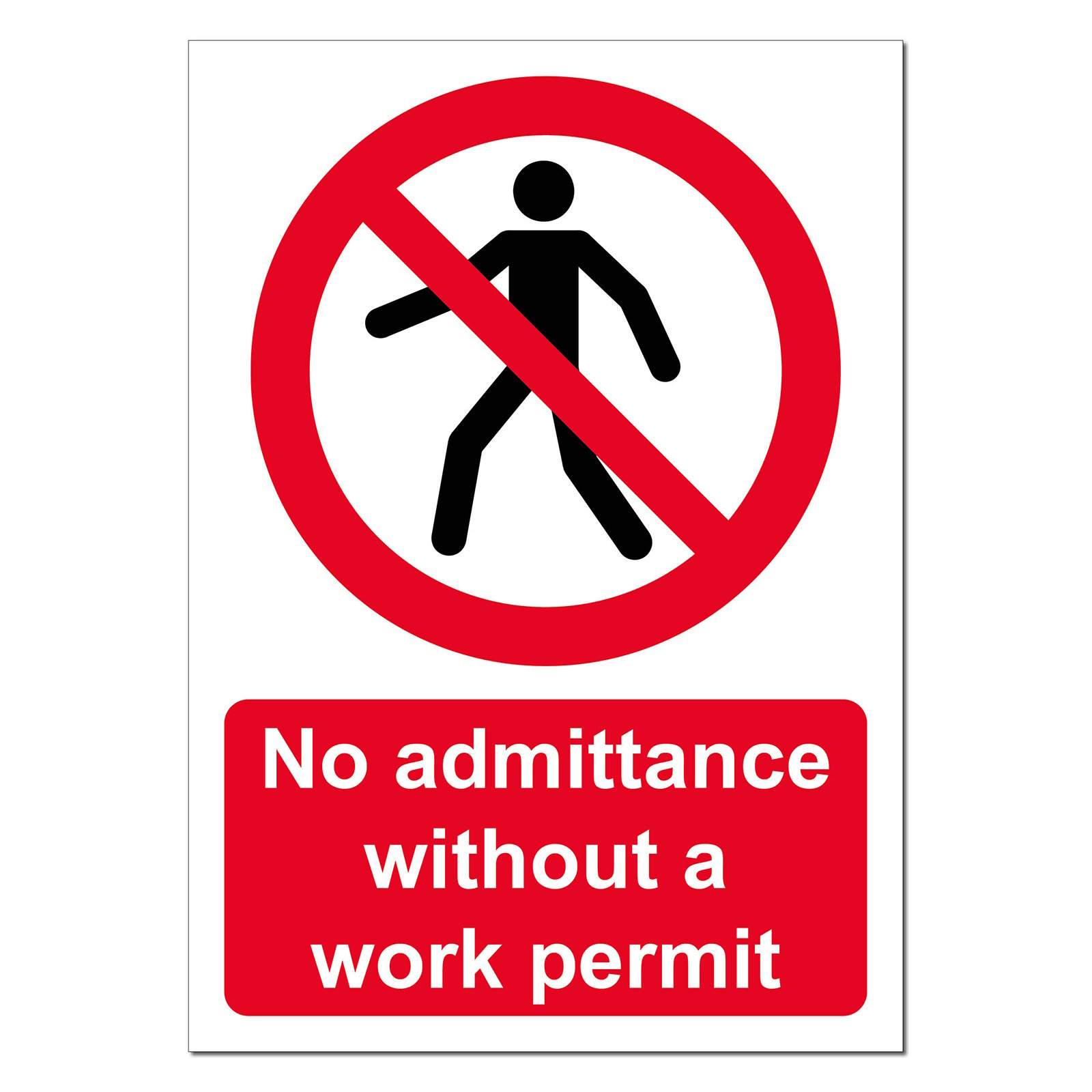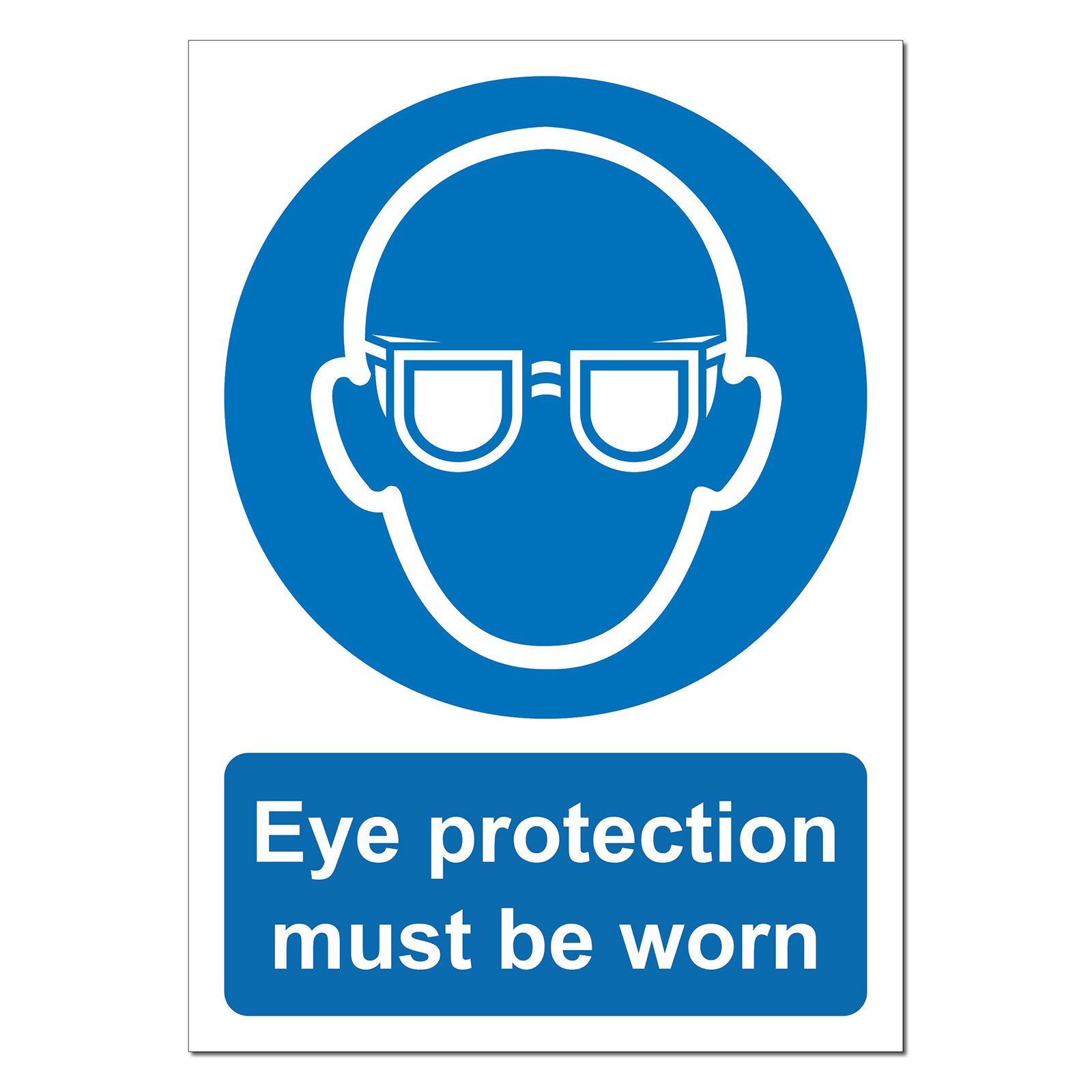What you need to know to comply with the Health & Safety (Safety Signs and Signals) Regulations 1996
 Who is responsible for Safety Signage?
Who is responsible for Safety Signage?
The guidance is for employers, dutyholders and others who have responsibility for the control of workplaces, sites and premises.
In the case of contractors, the ‘host’ employer is required to give information on risks and the associated precautions arising from that employer’s activities to the employer of persons at work there. In these cases, the employer or contractor will usually be able to meet their obligations by relying on the arrangements made by the host (ie the owner or operator).
The Health and Safety (Safety Signs and Signals) Regulations 1996 don’t apply to non-employees such as visitors. However, non-employees are covered under the section 3 of the Health and Safety at Work etc Act 1974 and the principles of good safety signage are a potential way to meet this more general health and safety duty of care.
When to Use Safety Signage?
The first thing to be clear about is that safety signage is very much a “last line of defence” ie: safety signs are required where, despite putting in place all other relevant measures, a significant risk to the health and safety of employees and others remains. In other words – a Caution Forklift sign is not an acceptable substitute for sound traffic control measures keeping pedestrians away from areas where forklifts operate. Safety signs should be used to manage any “residual risk” once all other practicable measure have been put in place.
What types of signage must be used?
BSEN ISO7010 sets out clear guidance on the colours, pictograms and any supporting text. Signs must be clear and legible, small differences from the pictograms or symbols shown in Schedule 1 of the Regulations are acceptable, providing they do not affect or confuse the message that the sign conveys and as long as the resultant sign still meets the relevant identified ‘intrinsic features’. The exception is signage on a room storing material or containers used at work for chemical substances or mixtures which is subject to the Classification, Labelling and Packaging of Substances and Mixtures Regulation.
 |
Prohibition Sign - a sign |
Intrinsic features: (a) round shape; (b) black pictogram on white background, red edging and diagonal line (the red part to take up at least 35% of the area of the sign). |
 |
Warning Sign – a sign giving warning of a hazard or danger (eg ‘danger: electricity’) |
Intrinsic features: (a) triangular shape; (b) black pictogram on a yellow background with black edging (the yellow part to take up at least 50% of the area of the sign). |
 |
Mandatory Sign – a sign prescribing specific behaviour (eg ‘eye protection must be worn’) |
Intrinsic features: (a) round shape; (b) white pictogram on a blue background (the blue part to take up at least 50% of the area of the sign). |
 |
Emergency Escape or First-Aid Sign – a sign giving information on emergency exits, first aid, or rescue facilities (eg ‘emergency exit/escape route’ |
Emergency escape or first-aid signs Intrinsic features: (a) rectangular or square shape; (b) white pictogram on a green background (the green part to take up at least 50% of the area of the sign). Note : Escape Route Location and directional identification should not be left to graphic symbols alone. |
 |
Firefighting Signs - a sign which provides information on the identification or location of firefighting equipment |
Intrinsic features: (a) rectangular or square shape; (b) white pictogram on a red background (the red part to take up at least 50% of the area of the sign).
|
You should avoid using too many signs, if too many signs are placed together there is a danger of confusion or of important information being overlooked. Although most safety signs are self-explanatory, employees (particularly new, young or inexperienced ones) may be unfamiliar with the meaning of some of the less commonly used signs. It is therefore important that the meaning of any sign is clearly explained. Text supplementing the sign may have a useful role here. If the hearing or sight of any employee is impaired, for example by wearing personal protective equipment, additional measures should be taken to ensure that employees can see or hear the warning sign or signal, for example by increasing the brilliance or volume.
Maintaining Safety Signage
All safety signs must be properly maintained so that they are capable of performing the function for which they are intended. This can range from the routine cleaning of signboards to regular checks of illuminated signs and testing of acoustic signals to see that they work properly. All safety signs should maintain their intrinsic features under power failure – either from emergency lighting or phosphorescent material – unless the hazard is itself eliminated by the power failure.
What’s the relationship between UK and EU law?
The Health and Safety (Safety Signs and Signals) Regulations 1996 enact in UK law an EU Directive designed to harmonise signs across the EU so that signs across the member states will have the same meaning whichever country they are used in.
The regulations reference BS EN ISO 7010 – the standard detailing the look and meaning of a large number of safety signs that are internationally agreed and globally used to achieve clarity and consistency, regardless of language, culture or setting.
What about Signage and Fire Regulations?
Although these Regulations do not require safety signs to be used where there is no significant risk to health and safety, certain fire safety signs may have to be displayed under separate legal provisions.
Duties on employers to provide these signs will mostly arise, for England and Wales, from the Regulatory Reform (Fire Safety) Order 2005. The effect here of the Regulations will, in most cases, be to describe the types of sign you may use. Often the enforcing authority for fire safety will determine where to locate the signs. In other cases, you should provide signs depending on the outcome of your assessment of risks to health and safety.
About Lisa Robinson
Lisa - word smith to the gods.
Tags: Safety Signage
